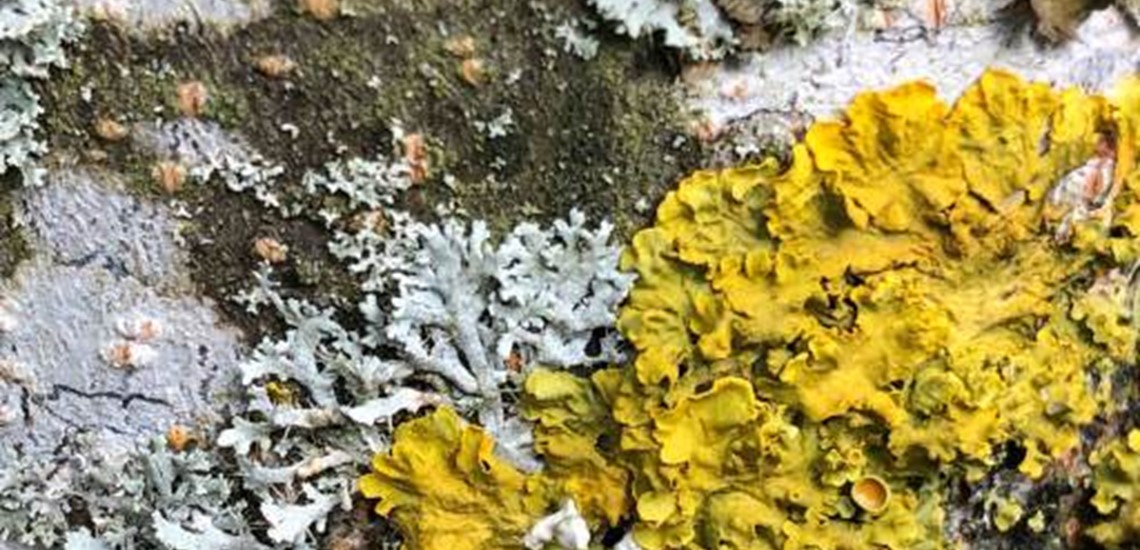Best way to remove lichen

A mixed cluster of lichen growth
Removing lichen can be tricky, but there are effective methods depending on the surface it's growing on. Here are a few steps to help remove lichen:
1. Manual Removal
- Surface: Good for stone, wood, and outdoor furniture.
- Tools: Use a stiff brush, plastic scraper, or wire brush.
- Method: Scrub the lichen off gently to avoid damaging the surface underneath. For tougher lichen, a scraper can be used to carefully lift it off.
2. Water and Pressure Washing
- Surface: Suitable for stone, bricks, concrete, roofs, and driveways.
- Tools: Pressure washer/pressure cleaner.
- Method: Rinse the area with water to loosen the lichen, then use a pressure washer on medium to high settings. Be careful not to damage delicate surfaces, like older stone or soft wood.
3. Chemical Treatment
- Surface: Good for roofs, concrete, wood, and outdoor surfaces.
- Chemicals:
- Vinegar: Mix one part vinegar with one part water, spray the lichen and let it sit for 15-30 minutes before scrubbing or rinsing.
- Bleach/ Chlorine: Mix one part bleach with ten parts water. Spray the area, let it sit for about 15 minutes, then scrub off the lichen and rinse thoroughly with water. May need a higher concentration, but a good place to start.
- Commercial Lichen Removers: These are designed to kill and prevent lichen growth. Always follow the manufacturer's instructions and use with proper safety precautions.
4. Biological Agents
- Surface: Suitable for stone, roofs, and outdoor furniture.
- Method: Apply a biodegradable lichen remover or moss and lichen killer ( such as Benzalkonium chloride). These work over time by breaking down the lichen without harsh chemicals. It may take a few weeks to see results, but it is less damaging to the environment.
5. Prevention
- Once removed, consider applying a sealant on outdoor surfaces to prevent future lichen growth.
- Regular cleaning and maintenance will help prevent lichen from returning.
Make sure to wear gloves and protective gear, especially when using chemicals. If you're dealing with fragile surfaces like old stone or wood, start with the least aggressive method to avoid damage.
Specialised services for..